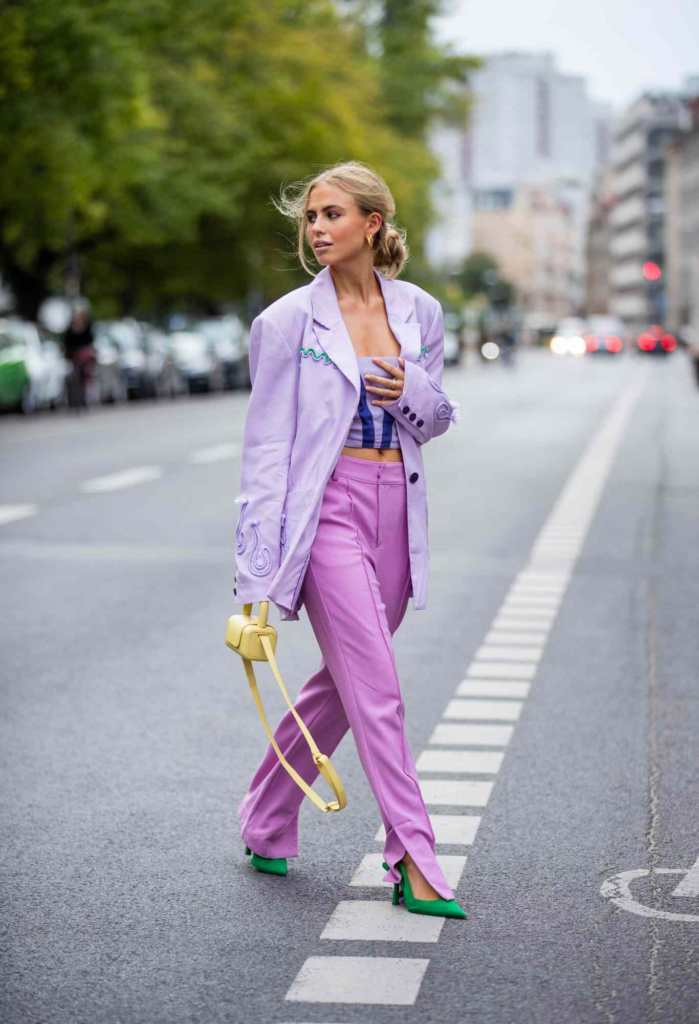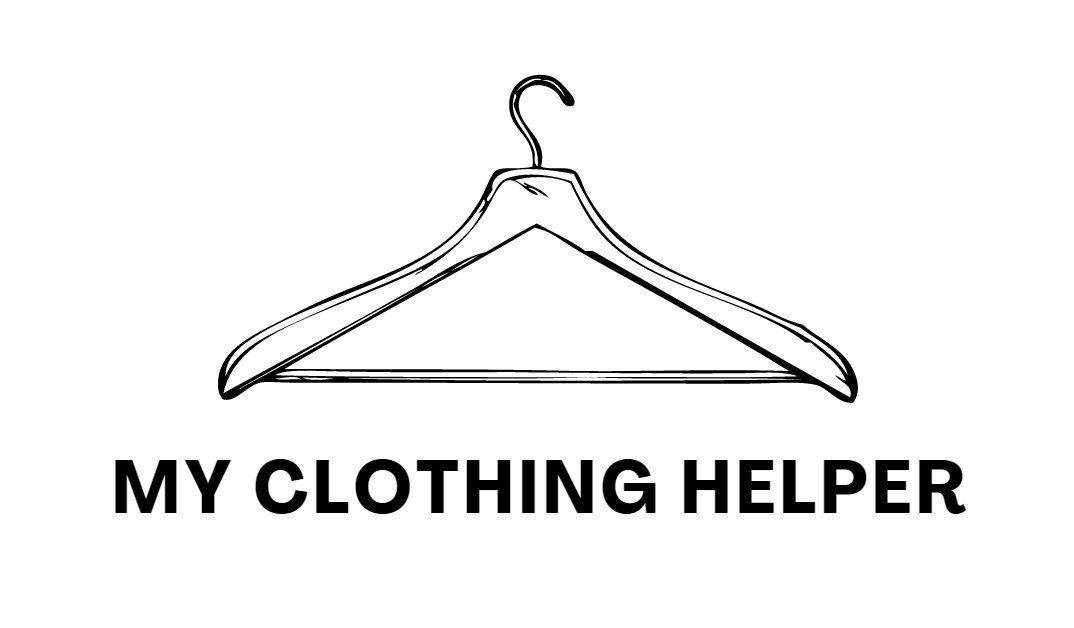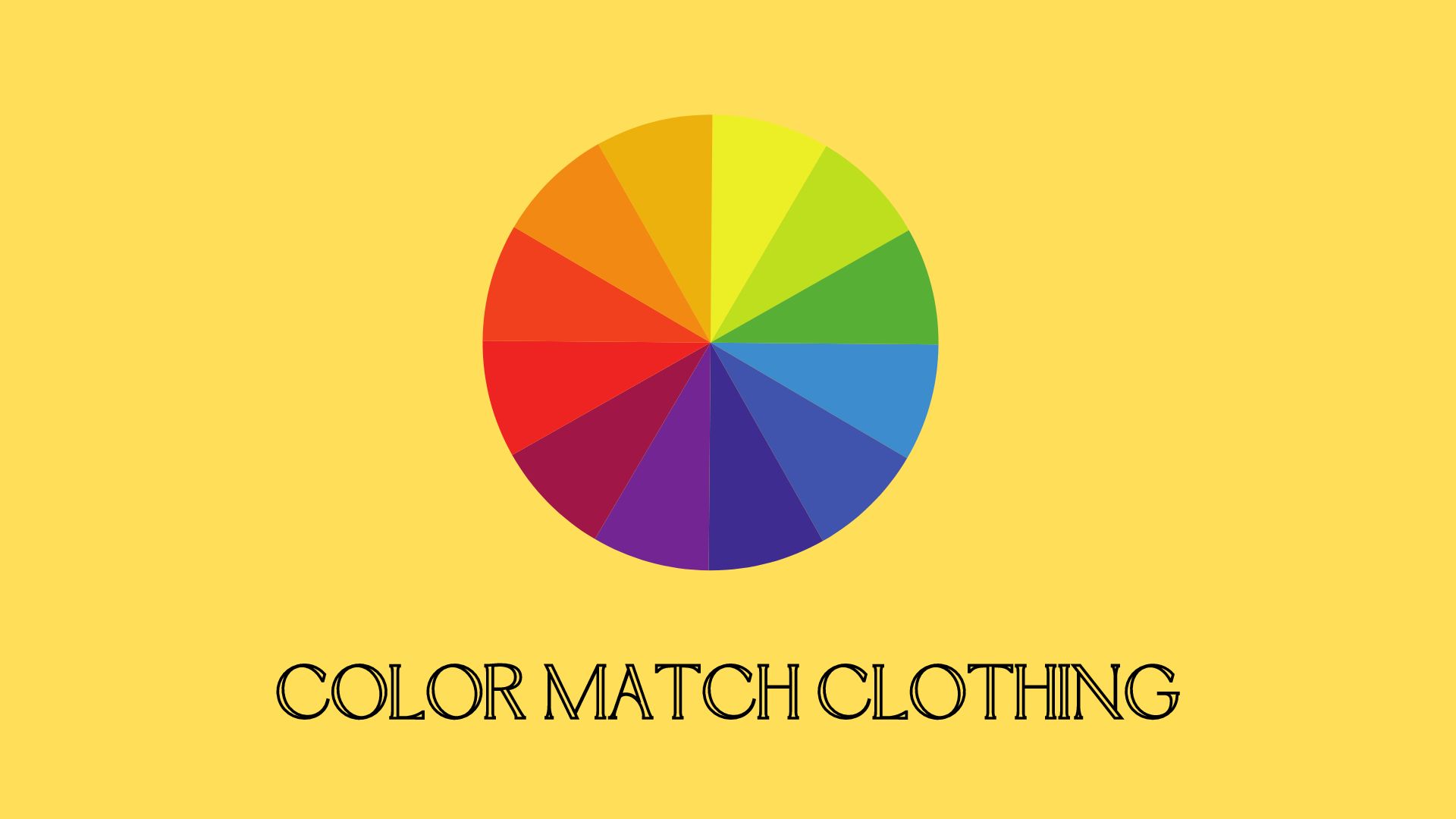Colors are the essence of life. From nature to art, colors bring beautiful meaning to our lives. Their effects translate to our clothes too. It would be too boring with only the blacks and whites to wear. However, having more options doesn’t always make things easier. We all vie for having a supreme fashion sense.
You can get there without an elite knowledge of outfits by knowing what colors to pair together. While getting ready for an occasion, we can all use a clothing guide or two. Here is how to use the color wheel and color theory to help you get a better understanding of color match clothing.
What’s The Color Wheel?
The color wheel is a circular chart of different colors, which was first invented by Sir Isaac Newton himself. The chart depicts relationships between different colors visible to us. The color wheel has 12 colors that belong to the primary, secondary, and tertiary categories. It doesn’t include black, white, or grey.

Sir Newton, with the wheel, aimed to display various relationships between different colors. He might not have wanted to use it to improve his dressing sense, but you can definitely do so. The wheel provides an easy understanding of how good two colors can look together.
Different Types of Colors
The colors in a color wheel are divided into three categories. There are primary colors, secondary colors, and tertiary colors.
- Primary Colors
Primary colors are the building blocks for the rest of the colors. Red, blue, and yellow are considered to be the three primary colors. You can not create them by combining any color in existence. But the opposite is possible.
- Secondary Colors
Secondary colors are like the offspring of the primary ones. You can obtain them through different combinations of primary colors. The three true secondary colors are orange, purple, and green. All 3 can be derived from combinations of primary colors.
- Tertiary Colors
Finally, we have the tertiary colors. We can derive a tertiary color by combining a primary color with a secondary one. The remaining 6 colors considered tertiary are; amber, vermilion, magenta, chartreuse violet, and teal.
The combination of these 12 colors makes up the color wheel. You can use the chart to color match clothing and create perfect combinations to wear.
Using Color Wheel In Clothing
The colors in a color wheel are systematically placed in an arrangement that showcases their different relationship. It also tells you which colors are compatible with each other in terms of looks. Even professional designers use color theory and a wheel chart to determine compatible color schemes.

It helps fashion and even interior designers develop the ideal color palette to use. There are pairs of colors that will always look good. Here are some attractive color schemes you can curate with the help of a color wheel. They don’t just fit together in theory but also pass the eye test.
Monochromatic Color Scheme
A monochromatic combination of colors is one of the most common yet attractive color palettes. You call a scheme monochromatic when every constituent color is derived from a single color. A combination of one color and its different shades is what we define as monochromatic. For example, pairing dark blue with a light shade of the same color.

A monochromatic scheme is always visually compatible. Any shade goes well with its parent color. You can color match clothing by using different shades of the same color in your dress-up.
Matching Analogous Colors
We call colors of the same family analogous colors. It means colors that have been derived from similar combinations. In simpler terms, colors that are closer to each other on the color wheel will always look good together. It includes 5 to 6 colors on the chart that are adjacent to each other. For example, the range from yellow to vermillion makes up for a good color palette for your outfit. You can pair together any two options out of these 4 colors and their multiple shades.

An analogous color scheme is fairly easy to figure out for anyone who is new to color theory as well. You can take a look at the chart and color match clothing within minutes. If you have a main color in mind, you can pair it with one of the colors that belong to the same family. Do not go too far on the wheel, however. 3 to 5 colors in a row are always a safe choice. If you have a first color in mind, pair it with one of the 2 colors on either side of it, left or right.
Pairing Offspring Colors With Their Parents
Offspring colors are born from combinations of two or more different colors. Use the color wheel to find a good combination of the two. As a basic rule, you can always combine a first color with one of the two colors it was derived from. If you want to don a vermillion outfit, you can enhance it with clothing or accessory that is either red or orange. You can do the same for any secondary color as well. What colors make green? The answer is blue and yellow. It means you can pair a green piece of clothing with something blue or yellow.

You can use the color wheel to find out the offspring colors that go well with any primary color you want to wear too. Orange and amber are two of the best colors that match red, for example.
Complementary Colors
Colors that are on the opposite end of each other on the color wheel always make for a good pairing. We call them complementary colors simply because they complement each other when put together. For example, teal and vermillion are in the exact opposite spots in the wheel. You can wear a combo of the two colors without worrying about your look.
Going for a complementary color scheme works best when you want to have a bold look. Complementary colors belong to completely different families and categories. Do not expect them to be subtle.
However, if the boldness gets too overwhelming, you don’t necessarily have to go for the exact complementary color. For example, not everyone would want to pair red with green. In such cases, you can go for one of the colors on either side of the color that is too bold for your liking. In the case of red, you can pair greens with vermillion or magenta. These two are the colors that match green without looking too out of place. These alternatives are often termed ‘split complementary colors’.
Wrapping Up
A color wheel lets you understand how well two colors can go together. Depending on their chart placements, you can determine whether your planned dress will look good. Professional stylists and fashion designers have been using it for ages, and so can you. It’s like a mathematical formula. Once you understand how it works, you’ll never go wrong. However, you apply it. It doesn’t mean there are any strict guidelines, however. The point of the color wheel is to create ideas that you can manifest according to your preferences.

